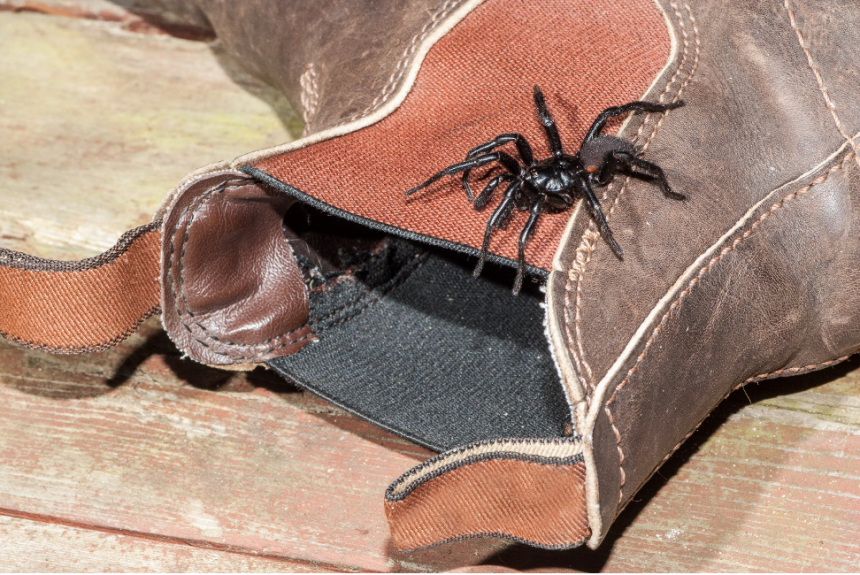Among the numerous species of spiders that inhabit our planet, the Sydney funnel web spider (Atrax robustus) stands out as the most venomous, posing a significant threat due to its highly toxic venom. With roughly 45,000 spider species globally, Australia is home to 2,000 of them, including 40 species of funnel web spiders. However, only six are considered medically significant to humans.
Why Are Sydney Funnel Web Spiders So Dangerous?
Two species of Australian funnel web spiders are known for their lethal bites – the northern tree-dwelling funnel spider and the Sydney funnel web spider, with the latter responsible for thirteen human fatalities. What makes the Sydney funnel web particularly hazardous is not only its potent venom but its geographical distribution. Native to New South Wales, it lurks within the heart of Australia’s most populous city, bringing it alarmingly close to around 5.4 million residents.
Twenty-five years ago, I was carrying out a termite control treatment for a house in West Pymble in the heart of Sydney funnel web spider territory. I was under the house trenching and my torch ran out of battery, so I asked my apprentice to put a new battery in my torch and continued crawling on my belly deeper into the subfloor in the dark. The apprentice came back and gave me a fully charged torch and to my horror I was lying down on fifty or so funnel web holes. I was eye to eye with many funnel web spiders lurking just below the surface in their nests. A near death experience.
The Male of the Species: A Closer Look
Encounters with the male Sydney funnel web spider are far more common, and significantly more dangerous. These spiders have caused all known human deaths attributed to the species. Unlike the longer-lived females who remain hidden within their burrows, male funnel webs embark on a perilous journey once they mature at around four years of age. The males forsake their nests, spending their life in search of food and mates.
Nocturnal by nature, they often seek shelter in places that bring them into contact with humans – including footwear, toys, and even the corners of pools. Beware – these spiders can survive underwater for up to 48 hours!
With venom six to seven times more toxic than their female counterparts, male Sydney funnel webs are a concern. Yet an evolutionary quirk renders their bites harmless to other mammals. Canine or feline encounters with these arachnids typically result in no harm, but for humans, the outcome can be dire, with recorded instances of death happening in as little as fifteen minutes.
Pest Control
Because the male of the species goes walk about for a year, pest control for the Sydney funnel web spider is bordering on impossible. There are no safe or effective pest control treatments in Australia where the male can walk across a residual treatment and die. If we are contracted to pest control this ground dwelling spider, we locate their holes and pressure inject the nest with the appropriate pesticide. This can take a long time and is generally very expensive and carry’s no warranty.
Symptoms and First Aid
A funnel web bite is unmistakable – acute pain results from their substantial fangs, quickly followed by symptoms from the venom, such as drooling, spasms, confusion, and progressively worse effects leading to unconsciousness.
If bitten, immediate action is crucial. Apply a compression bandage, starting from the extremities and working towards the heart, then seek medical attention without delay. Anti-venom treatment, available since the early 1980s, has been instrumental in preventing deaths since its introduction, despite numerous hospital cases annually.
Conclusion
Awareness and caution are key to coexisting with the Sydney funnel web spider. Understanding their behavior, recognizing danger zones, and knowing what steps to take if bitten can mean the difference between life and death.
Lynn Martelli is an editor at Readability. She received her MFA in Creative Writing from Antioch University and has worked as an editor for over 10 years. Lynn has edited a wide variety of books, including fiction, non-fiction, memoirs, and more. In her free time, Lynn enjoys reading, writing, and spending time with her family and friends.















